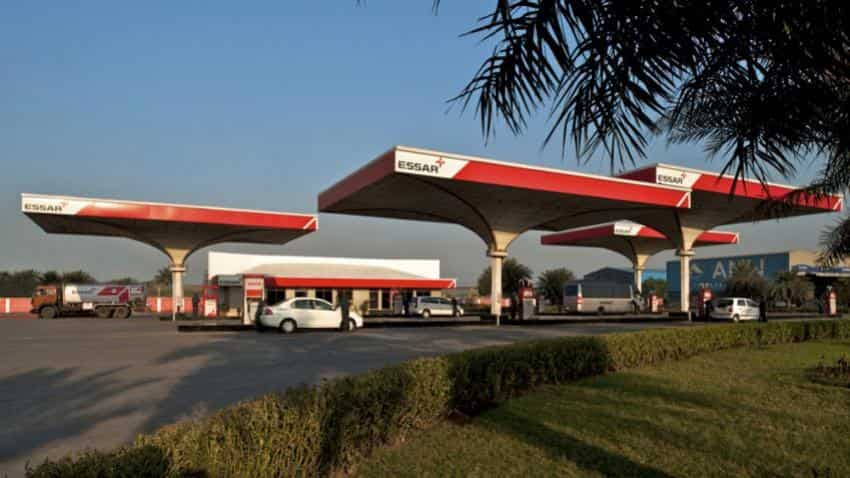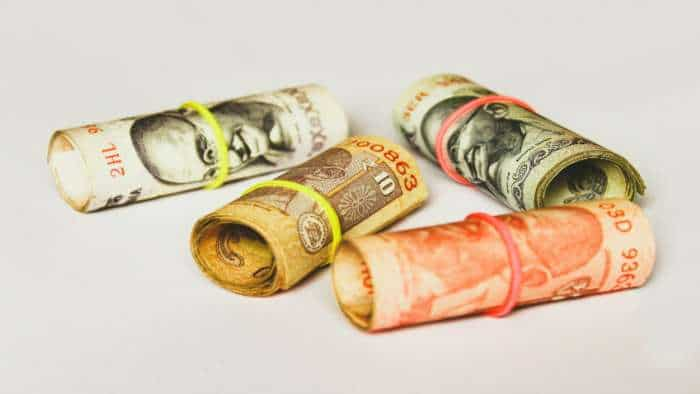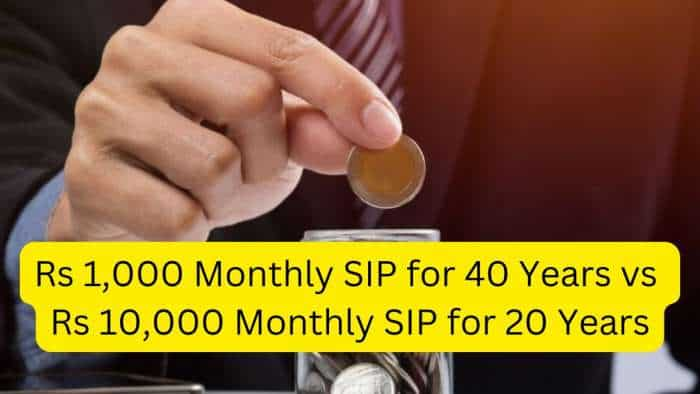'Oil prices' role in India's disinflation relatively modest', IMF says
Nothing that the bulk of the disinflation (45 per cent), however, can be attributed to a moderation in the historical dynamics of inflation that influence contemporaneous inflation, the paper said, "We also find an important role for forward-looking expectations... Almost 35 per cent of the disinflation can be attributed to this."

Contrary to popular perception, the direct role of lower oil prices in India's disinflation was relatively modest given the limited pass-through into domestic prices, according an IMF Working Paper.
"There seems a general perception that India's disinflation has been achieved mainly at the altar of good luck due to the collapse in global commodity prices, or through a sacrifice in domestic growth emanating from a sharp fall in domestic demand.
"...We find that a moderation of expectations, both backward and forward, and a rationalisation of Minimum Support Prices (MSPs), explain the bulk of the disinflation over the last two years," the IMF paper titled 'What is Responsible for India?s Sharp Disinflation?' said.
The IMF, however, added that the views expressed in IMF Working Papers are those of the author(s) and do not necessarily represent the views of the IMF, its Executive Board, or IMF management.
The paper said the direct role of lower oil prices in India's disinflation was relatively modest given the limited pass-through into domestic prices.
Elaborating further, the paper said, "20 per cent of the disinflation can be explained by a sharp decline in the growth of the 'discretionary' component of MSPs."
Nothing that the bulk of the disinflation (45 per cent), however, can be attributed to a moderation in the historical dynamics of inflation that influence contemporaneous inflation, the paper said, "We also find an important role for forward-looking expectations... Almost 35 per cent of the disinflation can be attributed to this."
"... The role of global factors, namely global crude prices and exchange rates, in explaining the disinflation between 2013/14 and 2014/15 is less than 15 per cent, though the contribution of global factors rises if we choose alternative time periods," the paper, authored by Sajjid Chinoy, Pankaj Kumar and Prachi Mishra, said.
Over the last decade, inflation has emerged as a primary concern for India's policymakers.
Worries grew as inflation rose since 2006 and remained elevated and sticky at around the 9 per cent level between 2006 and 2013.
Inflation, however, has fallen dramatically since then. After peaking at 12.1 per cent year-on-year growth in November 2013, headline CPI inflation collapsed to 4.3 per cent in December 2014 and has averaged less than 5 per cent in 2015.
Get Latest Business News, Stock Market Updates and Videos; Check your tax outgo through Income Tax Calculator and save money through our Personal Finance coverage. Check Business Breaking News Live on Zee Business Twitter and Facebook. Subscribe on YouTube.
RECOMMENDED STORIES

Power of Compounding: How can you create Rs 5 crore, 6 crore, 7 crore corpuses if your monthly salary is Rs 20,000?

Top 7 ETFs With Highest Returns in 1 Year: No. 1 ETF has turned Rs 8,78,787 investment into Rs 13,95,091; know how others have fared

Latest SBI Senior Citizen FD Rates: How much senior citizens can get on investments of Rs 5,55,555, Rs 7,77,777, and Rs 9,99,999 in Amrit Vrishti, 1-, 3-, and 5-year FDs

after bumper 2024 rs 2 lakh crore worth ipos expected in 2025 primary market nsdl avanse financial ecom express sebi approval

Power of Rs 3,000 SIP: In how many years, Rs 3,000 monthly investment can generate corpuses of Rs 2 crore and Rs 3 crore? Know here
12:37 AM IST








 Nirmala Sitharaman to visit Mexico and US from October 17 to October 26
Nirmala Sitharaman to visit Mexico and US from October 17 to October 26  IMF pledges continued support for Sri Lanka's economic reforms
IMF pledges continued support for Sri Lanka's economic reforms Can India become $55 trillion economy by 2027? May appear audacious but achievable, says IMF's Krishnamurthy V Subramanian
Can India become $55 trillion economy by 2027? May appear audacious but achievable, says IMF's Krishnamurthy V Subramanian IMF's economic view: Brighter outlook for China and India but tepid global growth
IMF's economic view: Brighter outlook for China and India but tepid global growth  Pakistan reaches new USD 7 billion loan deal with IMF
Pakistan reaches new USD 7 billion loan deal with IMF